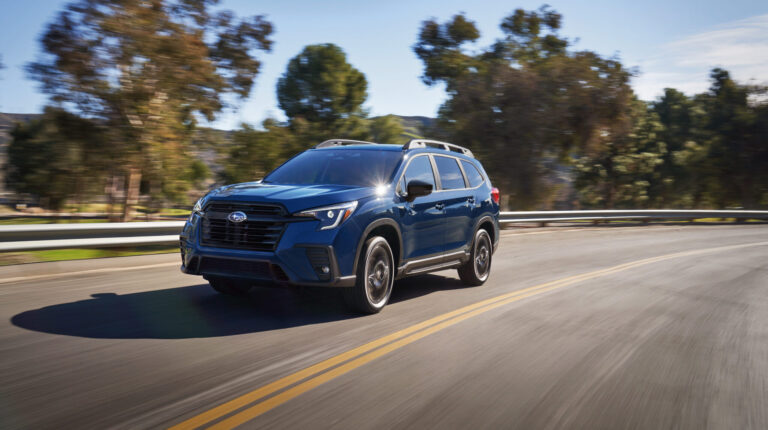Subaru of America has revealed that most respondents who participated in an Insurance Institute for Highway Safety (IIHS) survey about the DriverFocus driver monitoring system use the system while driving and believe it makes them safer drivers. Almost 90% of the nearly 3,500 owners surveyed by the IIHS reported using the system most or all the time, and 70% indicated that they would like the feature on their next vehicle.
Jeff Walters, president and COO of Subaru of America, said, “Safety is at the heart of every Subaru, and we’re proud to offer technologies to move us forward in that mission. Subaru continues to raise the bar by bringing to market models recognized as some of the safest SUVs, EVs and hybrids on the road, thanks to active safety features such as DriverFocus and EyeSight.”
Subaru developed DriverFocus to work in conjunction with Subaru EyeSight to prevent drivers from becoming distracted or drowsy. If the system detects a driver’s attention has strayed for too long, DriverFocus delivers visual and auditory alerts to bring attention back to the road. Using a driver-facing camera and infrared sensors, the system monitors drivers’ eyes to ensure they’re looking at the road ahead. If it detects that the driver may be drowsy, it can lower the audio volume to ensure the warnings are more clearly heard.
The IIHS reported that driver drowsiness or distraction was a contributing factor in almost 4,000 fatal crashes in the USA in 2023 alone.
“Such a high level of acceptance for a system designed to keep drivers’ attention on the road is a bit surprising and very encouraging,” said IIHS president David Harkey. “Distraction and drowsiness are factors in thousands of crash deaths every year.”
Nearly two-thirds of survey respondents agreed that DriverFocus makes them a safer driver, and 63% said it helps them avoid distractions such as using their navigation system or adjusting the radio or climate controls.
“We do a lot of things behind the wheel almost unconsciously, without thinking that they’re unsafe,” said IIHS research scientist Aimee Cox, the lead author of the study. “But those seemingly benign actions can pull our attention away from the road and increase the risk of crashing.”
In related news, Bosch and Cariad have announced that they are expanding their collaboration in the Automated Driving Alliance by “making full use” of artificial intelligence in the co-development of their software stack for Level 2 and 3 assisted and automated driving


